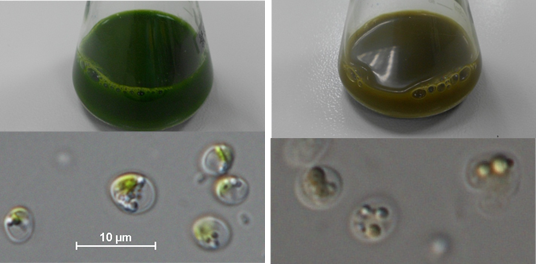Solar-driven fluidized capacitive deionization method and equipment for recycling of rare precious metals

The demand of rare precious metals (RPM) in Taiwan has been very high. We have developed a novel solar-driven fluid capacitive deionization technology with solar driving photoelectrodes to generate electrons and holes and oxidize organic pollutants to CO2(g) and H2O. Electricity generated from the PCE can be used to fluidized capacitive deionization (FdCDI). The FdCDI device can use the shape selective fluidized electrodes to electrosorb the RPM ions. After electrosorption and enrichment of RPM ions, RPM solids can be recycled by solar-driven PCE. The advantages of procedure possess the usage of green energy, no chemicals adding, no secondary pollution, and sludge generation.Solar-driven photoelectrolysis to generate electrons and hole on photoanode, and h+ can oxidize organic pollutants to generate CO2 and H2O; electrons can be transferred to photocathode through external circuit to generate electricity and also decompose H2O to produce H2. H2 is used as H2 fuel cell to generate electricity for the FdCDI. The hollow@C with large and medium pores are used for the fluidized electrodes. Solar energy was used to drive PEC-II to purify and recover RPM metals.
The scientific breakthroughs include: (1) Solar-driven e- and h+ in PCEs to yield electricity and oxidation of organic pollutants. FdCDI can separate and enrich RPMs in the inorganic wastewater. (2) Green power supply, (3) green procedures, (4) low-cost and renewable, and (5) High flexibility.The potential applications of FdCDI method in recycling of RPMs from inorganic wastewater include:
Innovative method - The photoactive electrons and holes in the photoelectrodes can generate green electricity for recycling of RPMs from inorganic wastewater of the high-tech industries.
Simple process for automation - Automation of the FdCDI process can reduce the labor cost and increase production capacity with high economic benefits.
Low consumption - The total energy consumption (< 1 kWh/m3) of FdCDI is lower than that of traditional wastewater treatment methods.
High economic benefits - RPM have key and excellent photoelectromagnetic properties for high-tech industries. The recycling of RPM from inorganic wastewater is expected to have huge economic benefits.
Name:段宇君
Phone:06-275-7575#65832
Address:No.1, Daxue Rd., East Dist., Tainan City 701, Taiwan (R.O.C.)
Method for manufacturing an active substance for inducing self-lysis in microalgae cells, active substance obtained therefrom, and method for inducing self-lysis in microalgae cells
Method for manufacturing an active substance for inducing self-lysis in microalgae cells, active substance obtained therefrom, and method for inducing self-lysis in microalgae cells
Method for manufacturing an active substance for inducing self-lysis in microalgae cells, active substance obtained therefrom, and method for inducing self-lysis in microalgae cells

Method for manufacturing an active substance for inducing self-lysis in microalgae cells, active substance obtained therefrom, and method for inducing self-lysis in microalgae cells
Technology maturity:Prototype
Exhibiting purpose:Technology transactions、Product promotion、Display of scientific results
Trading preferences:Technical license/cooperation
Coming soon!